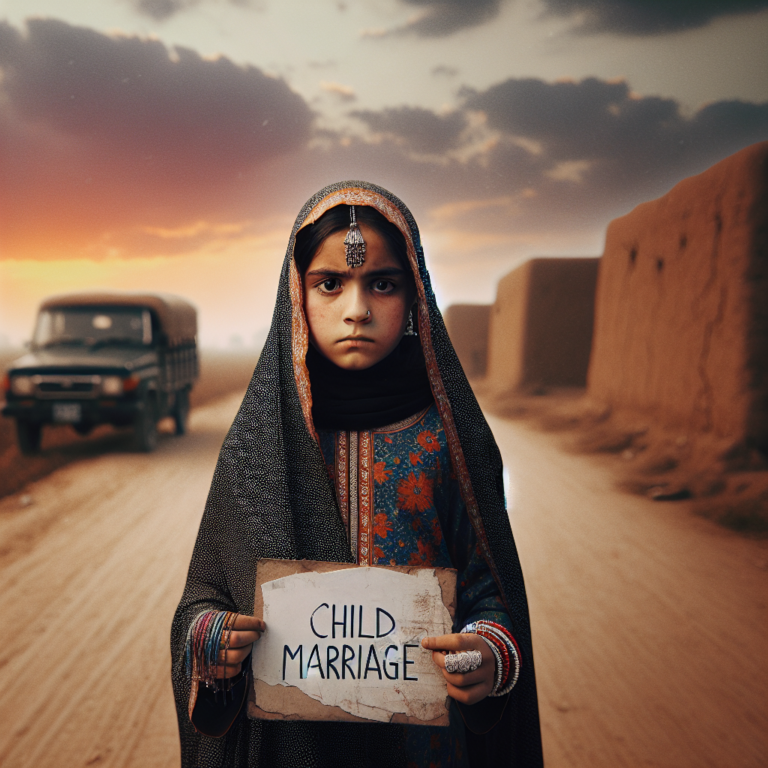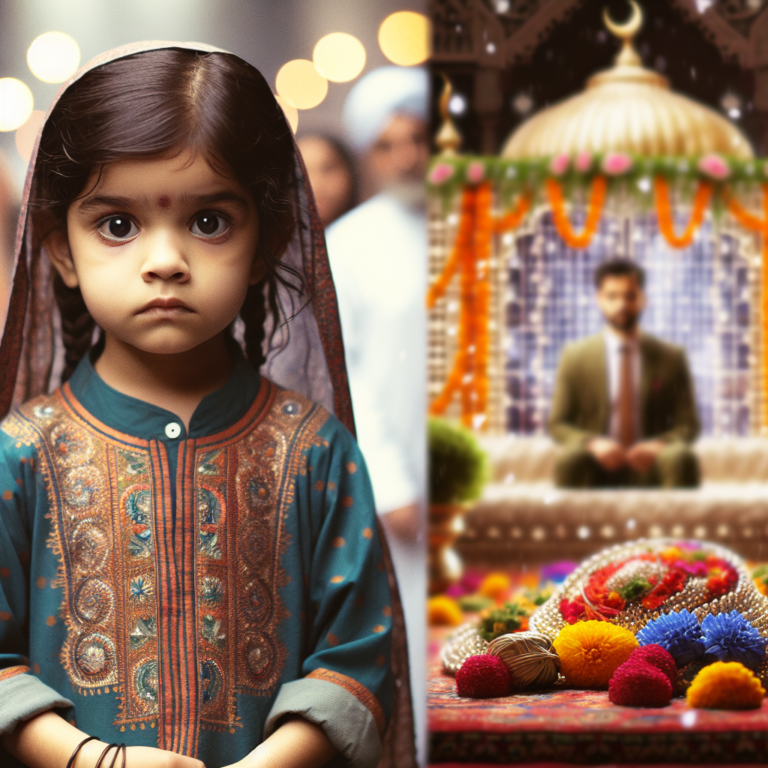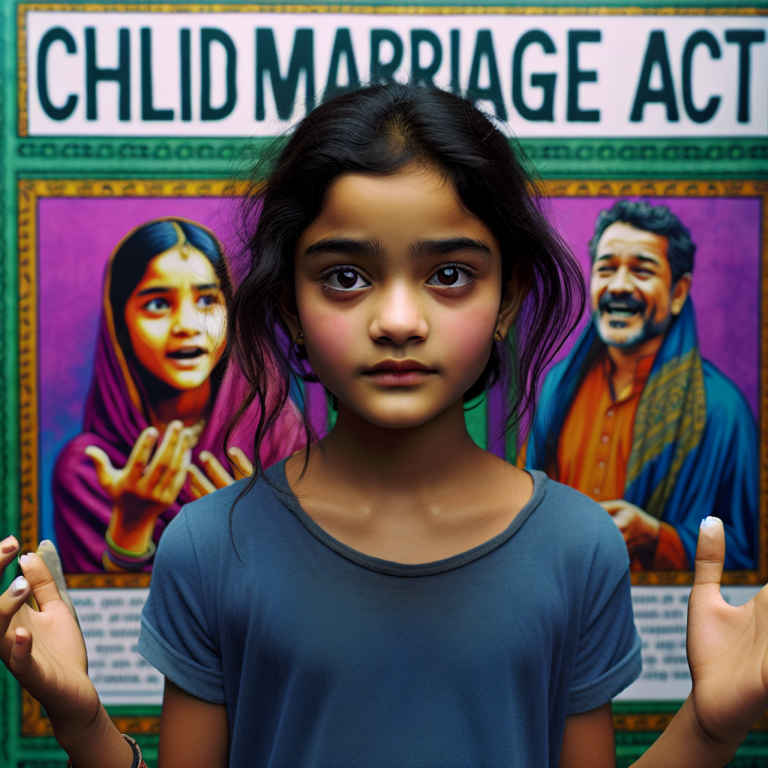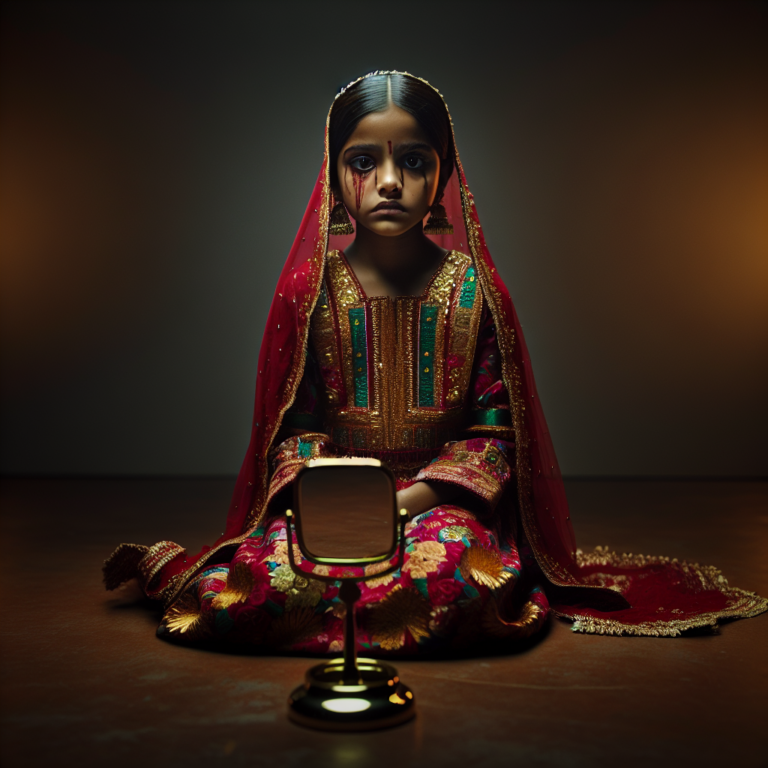ending child marriage
By Matilda Branson on Thursday 18th Jun 2020
More than 40 governments around the world have now developed national policies to address child marriage. One of the biggest challenges for the global movement to end the practice is how to hold governments accountable for their implementation.
A public budget is the chief instrument by which governments make decisions that reflect their social and economic priorities, and commit to meeting the needs of their people. The decisions they make about funding policies, programmes and services have a direct impact on girls’ lives – their health, education, safety and protection from violence. Interventions that address child marriage must be planned for, costed and funded across sectors and at all levels in the government budget.
So, how can civil society influence public budgets and mobilise a government’s domestic resources to ensure these policies are implemented to reach the girls that need them most? We set out to answer this question in our latest report, “Civil society and budget advocacy to end child marriage.” In it, we present the lessons learned from six pilot projects designed and implemented by Girls Not Brides member organisations in Kenya, Mexico, Nigeria, Pakistan and Togo at the end of 2019.
Here are four tips:
- Civil society organisations (CSOs) have a unique role to play in holding governments accountable for their budget commitments to address child marriage. CSOs can monitor budgets and expenditure, advocate for budget transparency and accountability, act as “watchdogs,” monitor quality of service provision for girls, and engage and mobilise other CSOs and young people in budgetary issues related to child marriage.
- Strong relationships between civil society and key stakeholders are key to the success of budget advocacy:
- CSOs can help to validate budget data and findings, and formulate collectively-agreed budget “asks” for government. These relationships also offer access to wider networks of women and young people, so that budget data can be used in broader advocacy campaigns to end child marriage.
- The media is an important ally in reaching target audiences – such as policymakers – and for mobilising larger constituencies around budget issues. Like CSOs, the media can also act as watchdogs.
- Engaging parliamentarians can be a critical part of budget advocacy, as they will in turn influence the executive on policy and budget issues. Civil society can brief them on child marriage, increasing their awareness and bringing policy content into parliamentary debates and working groups.
- Many girls at risk of child marriage and married girls are among the most vulnerable populations, invisible to decision-makers – with their specific needs masked by broader gender or child rights issues – but nevertheless severely impacted by budget decisions. Helping young people to meaningfully participate in budget decisions and processes ensures that their voices are reflected in budgets and planning.
- Engaging with a range of community stakeholders will ensure their buy-in and support for budget advocacy. This may include religious and traditional leaders, teachers, the police and judiciary, political leaders, parents and other stakeholders with influence over government budget decisions.
- A solid budget analysis is a powerful tool that complements other advocacy strategies. Having concrete data and a specific “ask” related to a budget line or sectoral plan helps to articulate clear and detailed requests from government. Although ending child marriage ultimately requires a multi-sectoral and holistic approach, civil society cannot analyse or advocate to all sectors and actors at once. A budget analysis should therefore focus on one or two interventions for addressing child marriage at a time.
- Budget advocacy is not a one-off, it is a long-term process to engage with as part of a broader advocacy plan. Budget advocacy is just one tool within the wider advocacy toolbox. We need to make sustained advocacy efforts to structurally shift policies and budgets for girls.
We are still in the early stages of understanding how best to mobilise a government’s domestic resources across sectors to ensure the effective implementation of policies to end child marriage. We hope that our findings will help inform and strengthen the work of governments, development partners and civil society to address child marriage and deliver a better future for girls.
The full report and six pilot project case studies are available in our Resource Centre.
About the Author: Matilda Branson









